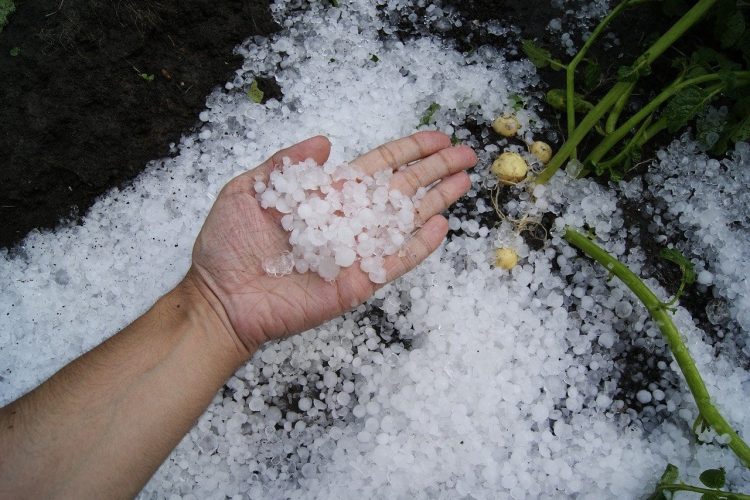Hailstorms can wreak havoc on residential and commercial properties, leaving behind a trail of devastation that includes shattered windows, damaged vehicles, and pockmarked roofing. Given their destructive nature and unpredictability, understanding the role of a hail damage adjuster in Fort Worth, TX, in the aftermath of such incidents can provide invaluable insights for both property owners and policyholders.
Understanding the Role of an Adjuster
What is an Insurance Adjuster?
An insurance adjuster, often called a claims adjuster, is a professional evaluating an insurance claim. They assess the damage to a property or vehicle and determine the amount the insurance company should pay for the repair or replacement. An adjuster plays a pivotal role in bridging the gap between the policyholder and the insurance company post-hailstorm.
The Adjuster’s Role Post-Hailstorm
The insurance adjuster becomes a critical player once a policyholder files a claim after a hailstorm. Their main responsibilities can be divided into three stages:
- Initial Assessment
After receiving the claim, the adjuster visits the damaged property to conduct a comprehensive assessment. They document the extent of the damage, take photos, and gather any other evidence necessary for processing the claim. The adjuster will also determine if the damage is indeed due to the hailstorm as claimed, reducing the risk of fraudulent claims.
- Valuation
The adjuster then estimates the cost of repairs based on their assessment. They consider various factors such as the cost of materials, labor, and whether total replacement is more cost-effective than repair. This phase is crucial in determining the payout amount for the policyholder.
- Claim Settlement
Once the assessment and valuation are completed, the adjuster negotiates with the policyholder on the claim settlement. This process involves discussions about the payout amount, dispute resolution if any disagreements arise, and finalizing the settlement.
The Impact of a Hailstorm: Not Just Surface Damage
While hailstorms can cause visible damage, such as broken windows and dented cars, they can also cause less apparent yet equally significant damage, such as the loss of roof granules leading to shortened roof life. An experienced adjuster can identify these not-so-obvious damages, ensuring policyholders receive a fair claim settlement. This expertise is particularly important given that hailstorm accounted for nearly 40% of insurance losses from 2010 to 2019, according to the Insurance Information Institute.
Navigating the Aftermath: The Role of the Policyholder
As a policyholder, you have responsibilities in the claims process as well. After a hailstorm, it’s important to document all damage, make a note of dates and times, and take photos or videos where possible. Keeping receipts of any immediate repairs needed to prevent further damage is also important. As such, communicate openly with your adjuster, ensuring they have all the information needed to make a fair assessment.
Ensuring Fair Settlements: The Challenge of Disputed Claims
Occasionally, policyholders and insurance companies may disagree on the claims settlement, leading to disputed claims. In such cases, the adjuster’s role expands to include mediating between the two parties. They reevaluate the damage, review the insurance policy, and examine any new evidence presented. This could involve consulting with experts like contractors or engineers to ensure a fair and accurate settlement. It’s a challenging task but one that reinforces the adjuster’s role as a critical facilitator in the aftermath of a hailstorm. Their expertise and impartiality ensure that all parties reach a fair and equitable resolution.
In the aftermath of a hailstorm, the hail damage adjuster in Fort Worth, TX, plays a significant role in helping policyholders recover from their losses. They provide the crucial link between insurance companies and policyholders, ensuring that the claims process is transparent, fair, and effective. By understanding the adjuster’s role, policyholders can better navigate the often-overwhelming aftermath of a hailstorm, armed with the knowledge they need to receive a fair settlement.

